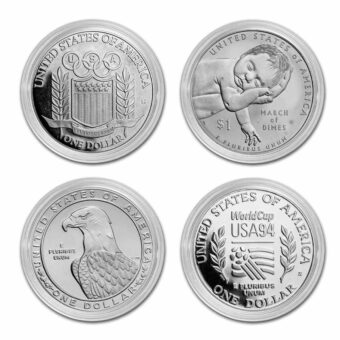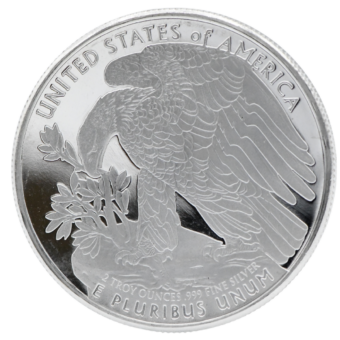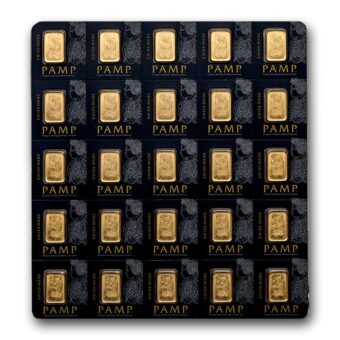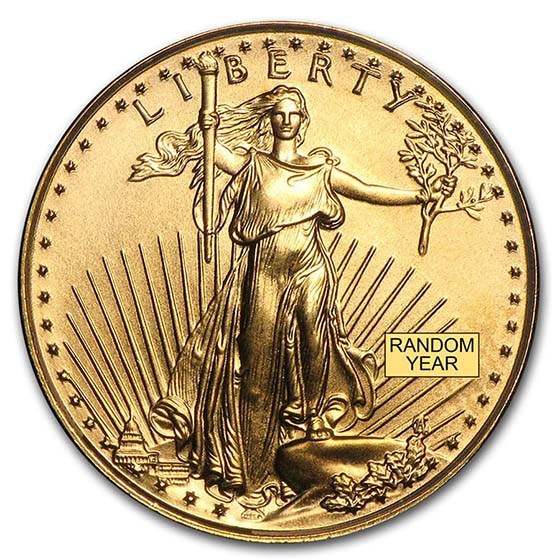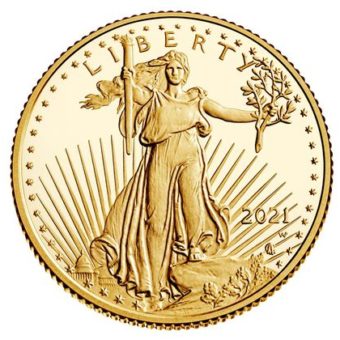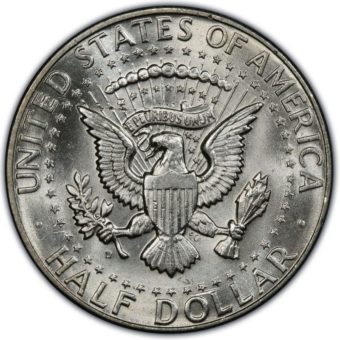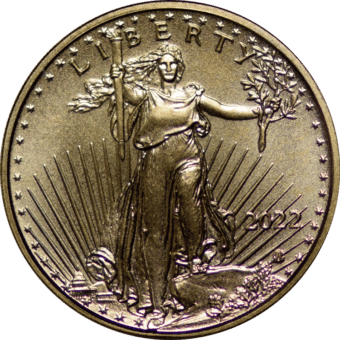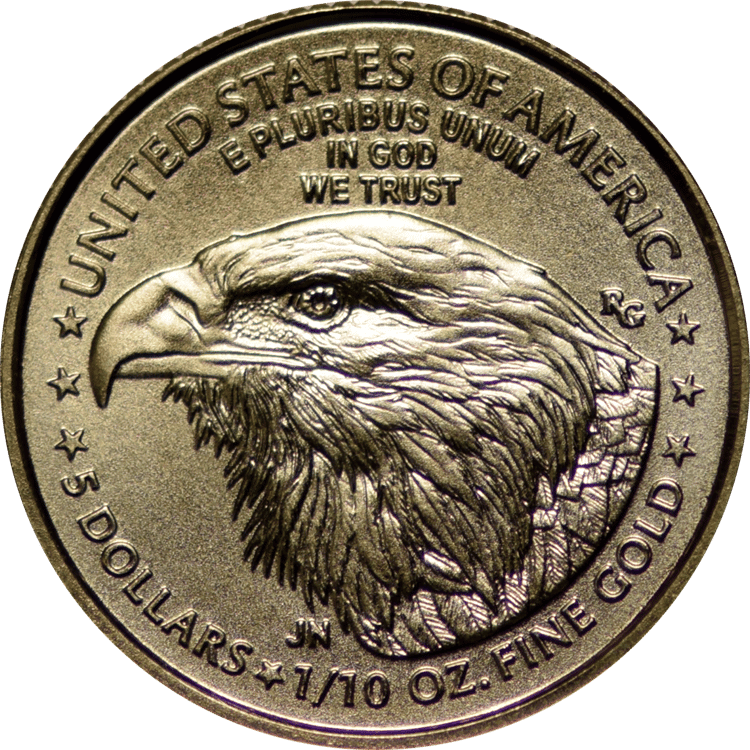Market Recap: A Week in Review
Monday, February 17 – Holiday Closure
Markets were closed in observance of President’s Day, offering a brief pause before the week’s significant developments in gold and monetary policy.
Tuesday, February 18 – Gold and Silver Rally Amid Global Uncertainty
As trading resumed after the holiday, gold and silver surged, fueled by safe-haven demand and technical momentum. April gold gained $48.70, reaching $2,949.30, while March silver added $0.50 to close at $33.355. With continued uncertainty in global markets, precious metals remain a favored asset for those seeking stability.
Market participants are closely monitoring geopolitical developments and monetary policy shifts, particularly as trade policies and global economic tensions evolve. As concerns about currency stability grow, gold’s role as a hedge against market volatility remains central.
Wednesday, February 19 – Consolidation After Record Highs
Midweek trading saw gold and silver prices retreat slightly as profit-taking and technical consolidation set in. April gold edged down by $1.60 to settle at $2,947.80, while March silver dipped $0.278 to $33.10. However, underlying demand for precious metals remains firm, particularly as discussions surrounding U.S. gold reserves gain traction.
Speculation continues to build regarding a possible revaluation of the U.S. government’s gold holdings. Calls for a Fort Knox gold audit have resurfaced, with some analysts suggesting that adjusting the valuation of these reserves to reflect market prices could significantly impact the financial system.
Thursday, February 20 – Gold Approaches $3,000 as Demand Strengthens
Gold’s upward trajectory continued, inching closer to the psychological $3,000 level. April gold climbed by $21.10 to reach $2,956.90, while March silver increased by $0.387 to $33.435. The rally was driven by persistent safe-haven buying, ongoing inflation concerns, and a strengthening case for gold-backed financial policies.
As discussions about the long-term viability of fiat currency persist, central banks and institutional buyers continue to increase their physical gold holdings. Whether gold’s growing prominence in global finance signals an imminent shift in monetary policy remains a key question for the weeks and months ahead.
Friday, February 21 – Policy Shifts and Sound Money Discussions Gain Momentum
As the trading week wrapped up, gold stood at $2,932.50, marking an impressive 44.71% year-over-year gain, while silver remained steady at $32.89. Broader discussions on monetary policy and legislative efforts surrounding sound money principles continue to highlight gold’s importance in financial planning.
Bills such as H.R. 2435 and H.R. 8279 underscore growing interest in restoring monetary policies that prioritize asset-backed currencies. The evolving role of gold in financial markets could mark a shift in how governments and central banks manage economic stability in the years ahead.
Monetary Policy and Gold: What’s Next?
With rising inflation and debt concerns, speculation about gold’s role in future monetary policy is intensifying. Some analysts suggest that a revaluation of U.S. gold reserves could unlock hundreds of billions in financial value while providing a hedge against inflationary pressures.
Key Developments to Watch:
- Physical gold inflows are increasing, as financial institutions expand their holdings.
- Treasury discussions on monetizing gold reserves are gaining attention.
- A growing push for a full audit of U.S. gold holdings is emerging in policy circles.
- Gold-backed financial instruments are being considered as potential stabilizers for the economy.
If these discussions progress, they could mark a significant transformation in the global monetary landscape, reinforcing gold’s role as a strategic financial asset.
Market Response to Federal Reserve Meeting Minutes
Gold prices experienced slight downward pressure following the release of the Federal Reserve’s January meeting minutes. The report indicated a more measured approach to interest rate cuts than markets had anticipated, leading to short-term shifts in sentiment.
Key Takeaways:
- The Fed maintained current interest rates and signaled a patient approach to monetary easing.
- Market expectations had priced in at least one quarter-point rate cut for 2025, down from earlier projections of four cuts.
- Fed officials emphasized that future policy decisions would be based on economic data rather than predefined targets.
While this cautious stance weighed on gold in the short term, the metal’s long-term outlook remains robust as central banks continue accumulating reserves.
Upcoming Economic Events: February 24–28
Key Reports and Market Implications
|
Date |
Event |
Market Impact on Gold & Silver |
|
Monday, Feb. 24 |
No reports scheduled |
Limited market movement expected. |
|
Tuesday, Feb. 25 |
Dallas Fed President Lorie Logan speaks |
Fed commentary may influence gold based on rate policy signals. |
|
S&P Case-Shiller Home Price Index (Dec.) |
Strong housing data could weigh on gold, while weak data may drive safe-haven demand. |
|
|
Consumer Confidence (Feb.) |
Higher confidence may pressure gold, while weaker sentiment could increase demand. |
|
|
Wednesday, Feb. 26 |
New Home Sales (Jan.) |
A weak report could reinforce gold’s appeal as an inflation hedge. |
|
Thursday, Feb. 27 |
Initial Jobless Claims (Feb. 22) |
Rising claims may boost gold as economic concerns grow. |
|
GDP (Second Revision) (Q4) |
A downward revision could support gold by signaling slower economic growth. |
|
|
Pending Home Sales (Jan.) |
Lower sales may increase demand for tangible assets like gold. |
|
|
Friday, Feb. 28 |
PCE Index (Jan.) |
Higher-than-expected inflation could push gold prices higher. |
|
Existing Home Sales (Jan.) |
A weaker report may drive interest in gold and silver. |
|
|
Consumer Sentiment (Final) (Feb.) |
A decline in sentiment could support safe-haven demand. |
Final Thoughts
As markets assess economic shifts, inflation trends, and monetary policy developments, gold remains a key asset for those focused on long-term financial stability. Whether through central bank accumulation, legislative efforts, or shifts in global monetary policies, gold continues to play an integral role in today’s evolving financial landscape.
To stay informed on the latest market insights and learn more about how gold fits into a sound financial strategy, visit Prime Assets.






